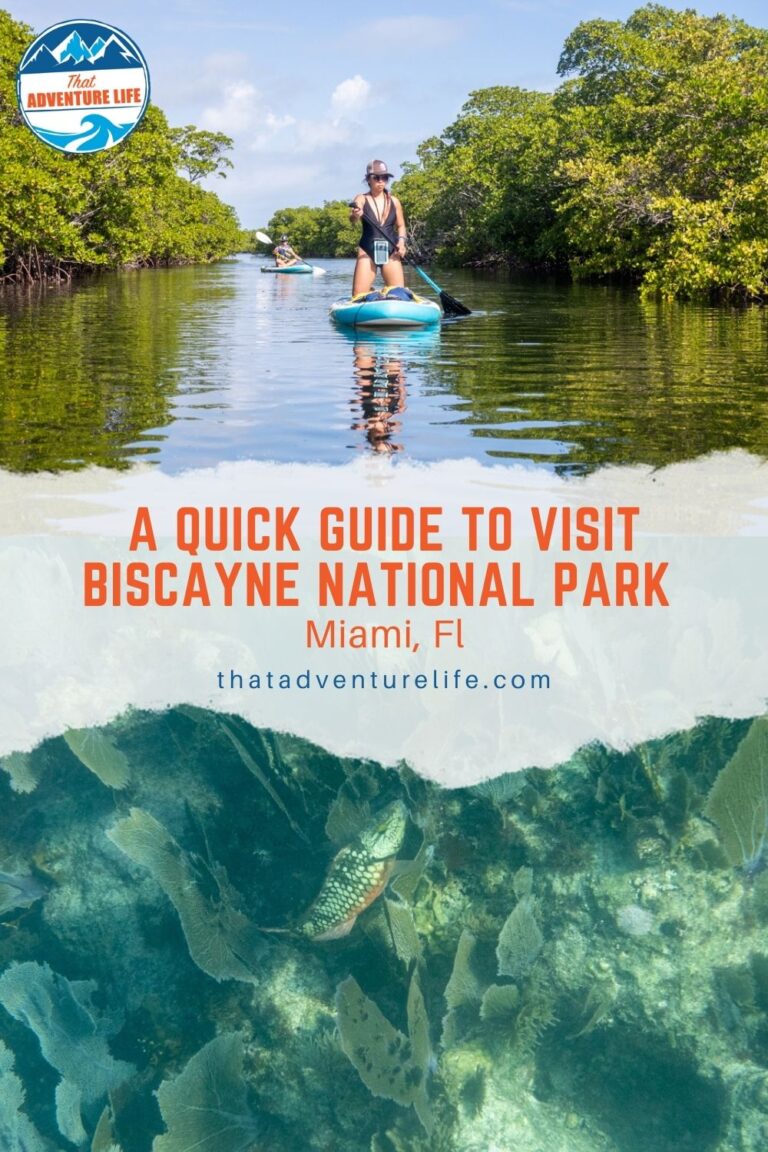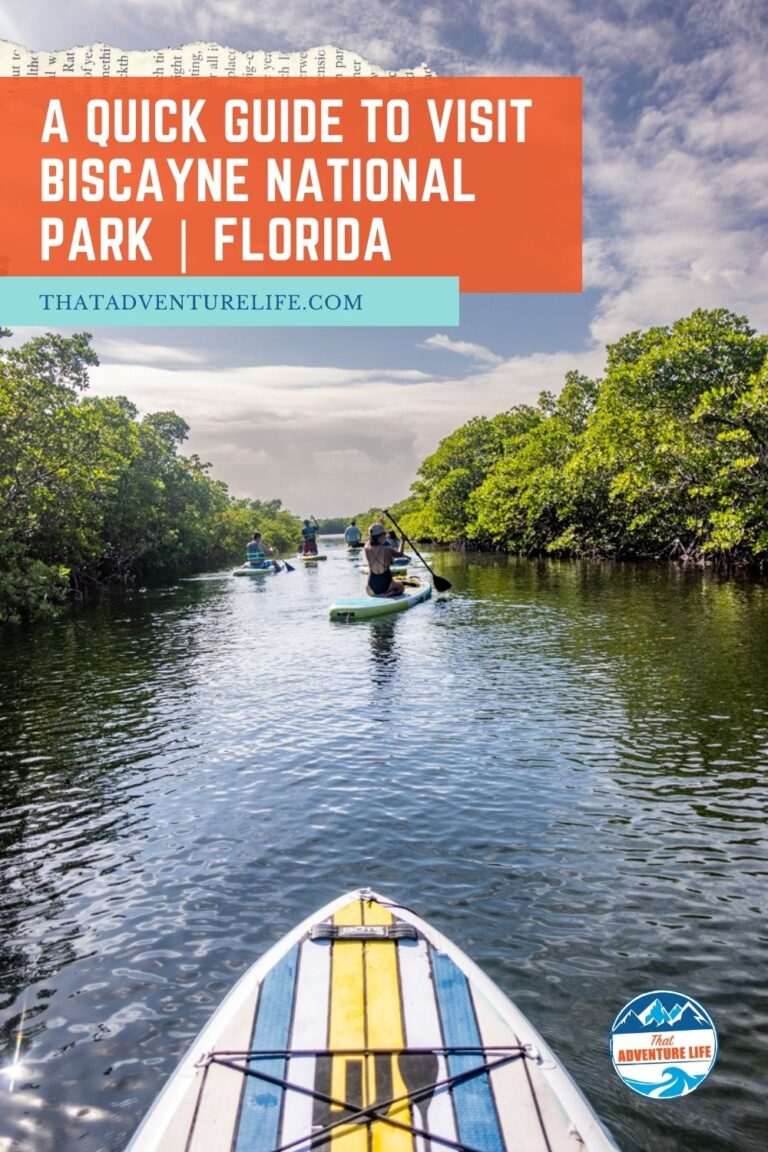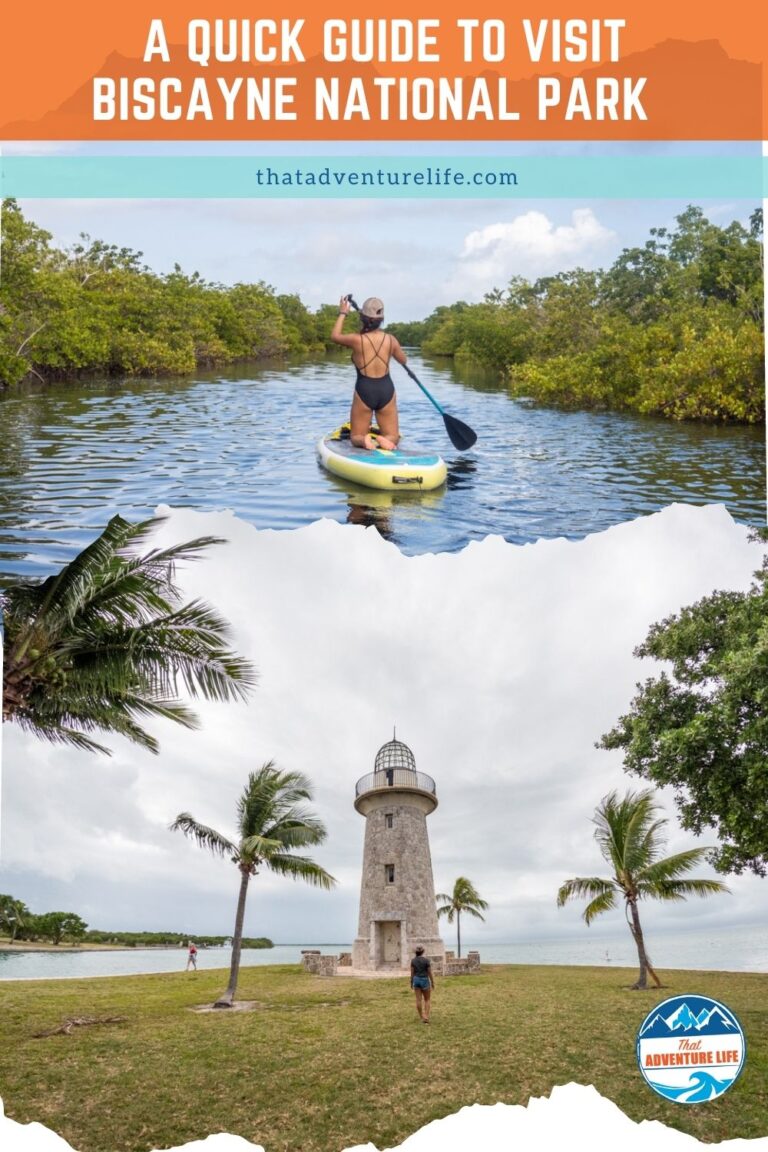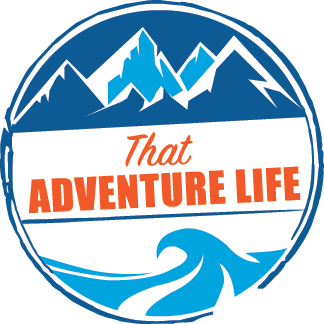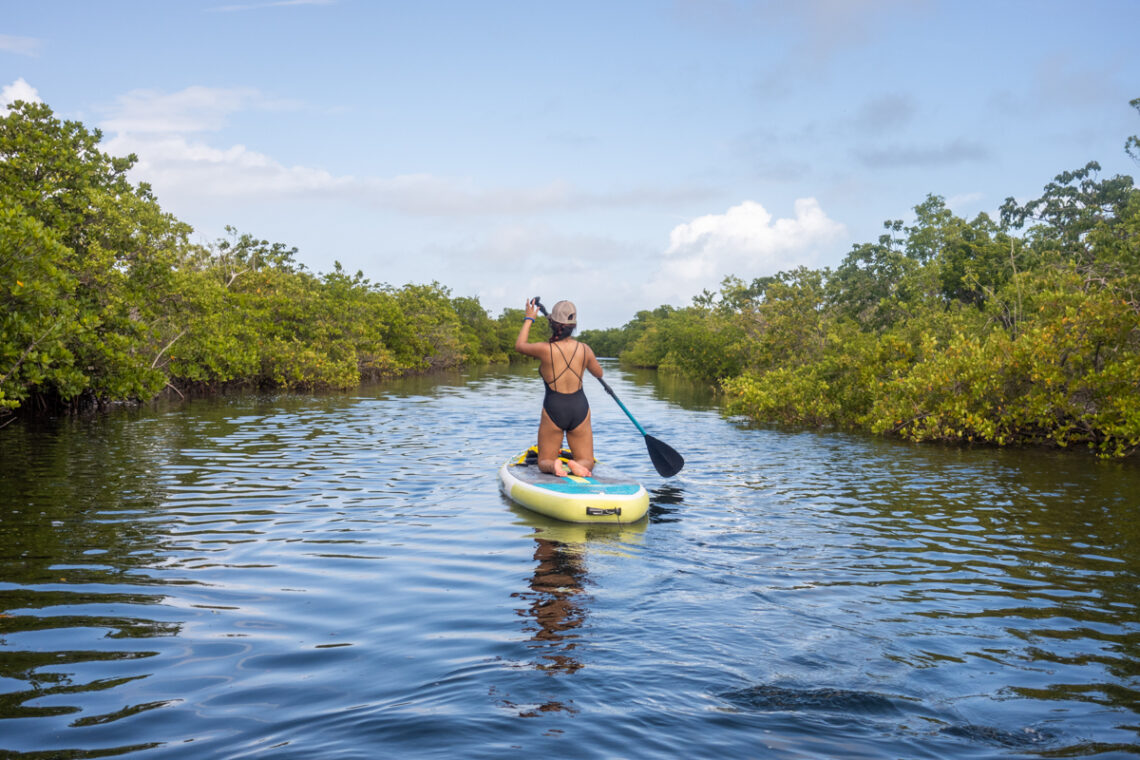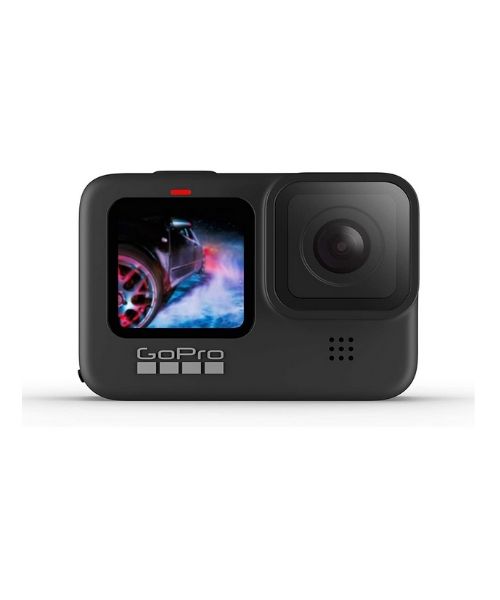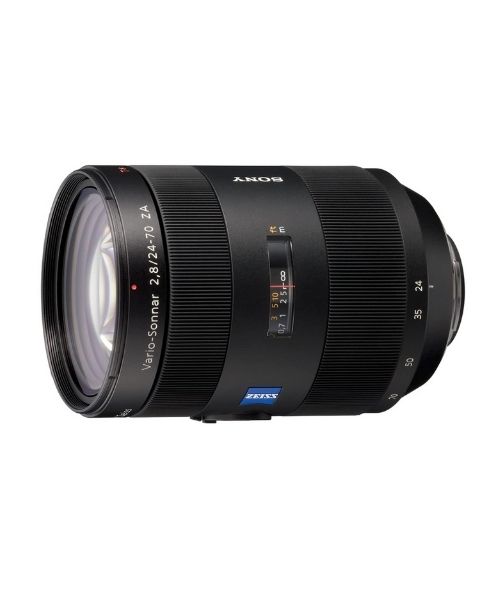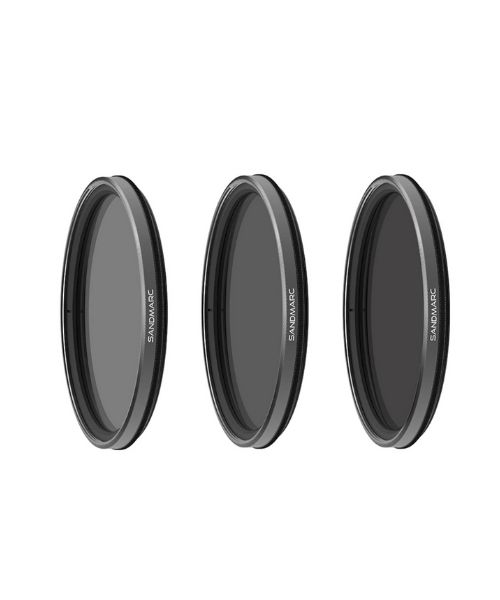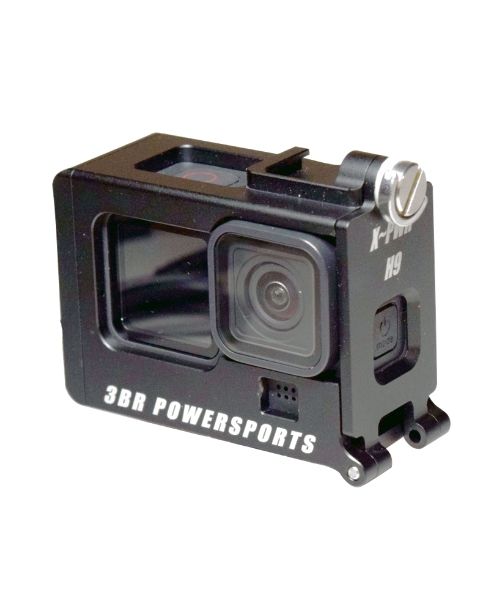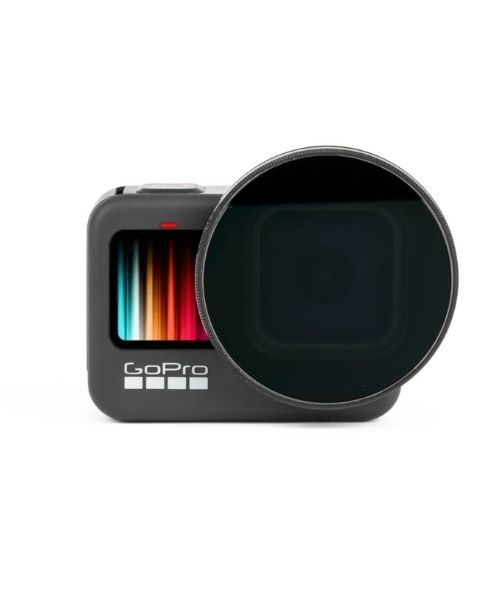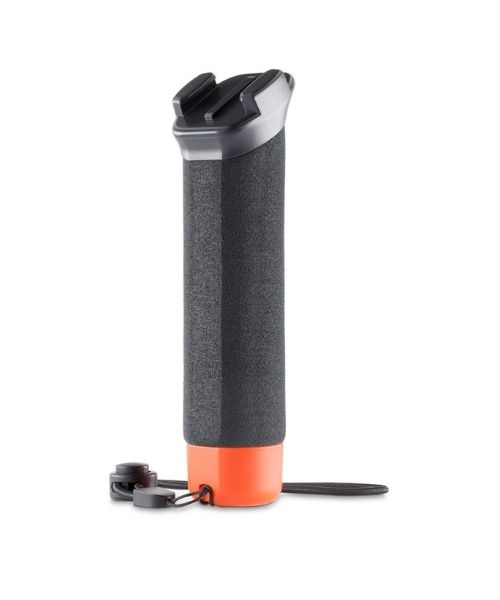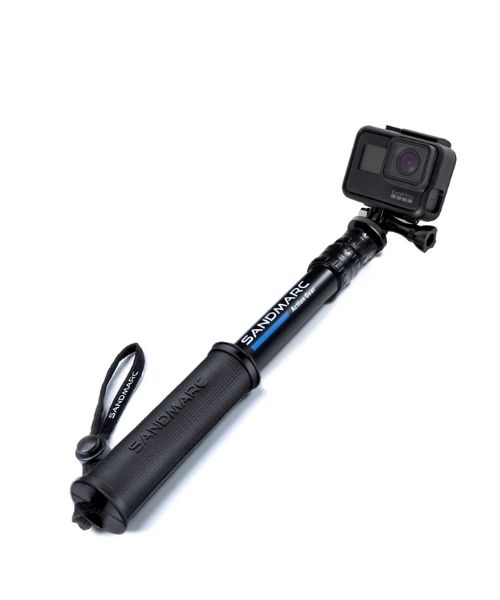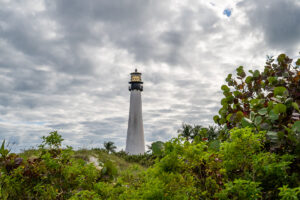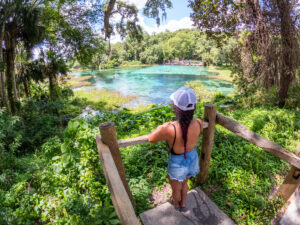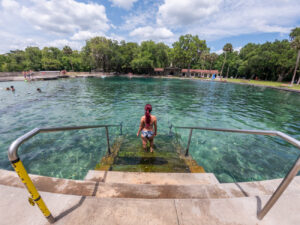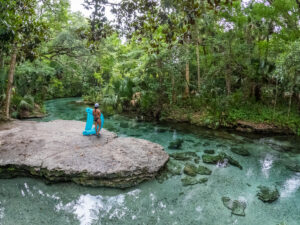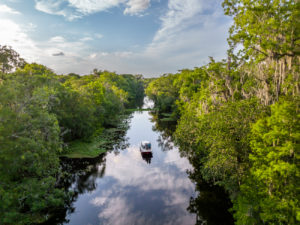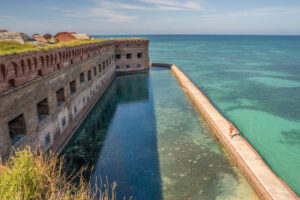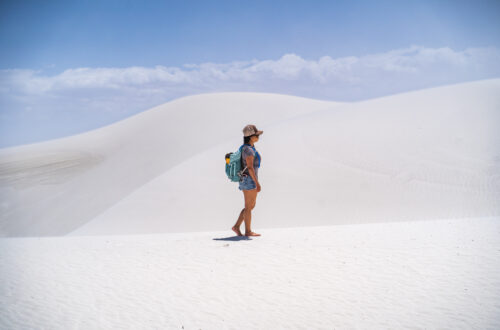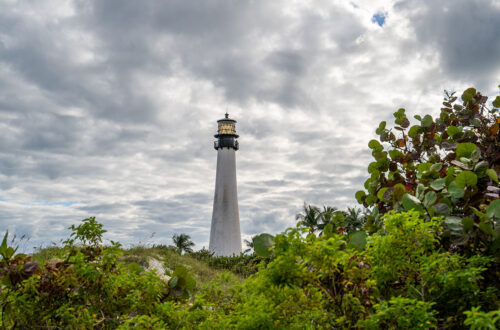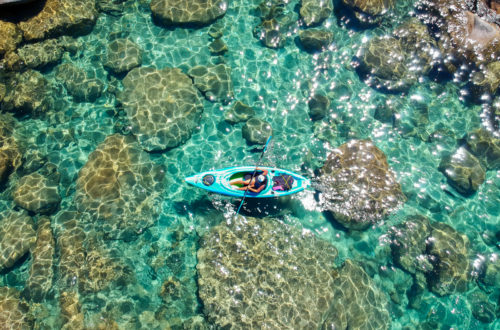Besides Dry Tortugas, Biscayne National Park is also another unique yet underrated national park in Florida. This is because 95% of the park is underwater and is only accessible by boat. Biscayne National Park is located only 20 miles south of Miami. It protects the northernmost portion of the third largest coral reef in the world. There are also many shipwrecks buried underneath the clear teal water, a testament to the 10,000 years of human history. Due to the interesting shipwrecks and the abundance of marine life, Biscayne National Park is a haven for divers and snorkelers. It is also an awesome place to explore by boat or kayak. Since we wanted to snorkel, kayak, and see this largest marine national park as much as we can, the best way is to go with the combination tour with Biscayne National Park Institute. It was definitely a memorable experience!
Stats
Where
Dante Fascell Visitor Center
9700 SW 328th St, Homestead, FL 33033
Parking
Decent sized, paved lot at the Visitor Center.
Restroom
There are restrooms at the Dante Fascell Visitor Center, Boca Chita Keys, Adams Key, and Elliott Key.
Fee
Biscayne National Park has no entrance fees. You might have to pay for camping, or marina use fees. Boat tours are seperate from the entrance fee.
Boat Tours
Biscayne National Park Institute is the main authorized organization that provide boat tours. They have many options that you can choose. We did the “Snorkel & Paddle Eco-Adventure. This is, in our opinions, best bang for your bucks.
Weather
Video
Tips for Visiting Biscayne National Park
When is the Best Time to Visit Biscayne National Park?
For most visitors, Spring is the best time to visit. The temperature is warmer, yet the park is mostly free of bugs and hurricanes. Summer is the worst time to visit, with Fall being the close second. The whole area is miserable hot and humid, with rainstorms and unbearable bugs. It is also hurricane season in Southern Florida. You probably don’t want to be on a boat or in the water during this time. Winter is the dry season, so temperature and humidity are the lowest. It is also less buggy. In addition, the water is also the clearest but also the coldest. If you’re used to warmer water, you might need a 3mm wetsuit to be comfortable in the water. Coming from the freezing water of California, we actually found the water temperature refreshing.
How Do You Get Around Biscayne National Park?
When we were doing our research on Biscayne National Park, we were a bit confused about how to navigate this place. Unlike regular parks, 95% of Biscayne National Park is underwater. So, you can’t just get into your car and drive around. Since most of the park is either underwater or on the small keys, you’ll need a boat to access the area.
There are only a few areas on the mainland that you can drive to, one of which is the Dante Fascell Visitor Center, where the Biscayne National Park Institute is operated its tours. Besides taking a tour with Biscayne National Park Insitute, you can also either take your own boat or go with the few other selected authorized companies. These private tour companies can be expensive but you can customize your own adventure. However, if you book with Biscayne National Park Insitute, the profit will directly benefit the park.
About the Tour with Biscayne National Park Insitute
As we mentioned above, Biscayne National Park Institute is a unique partnership between Biscayne National Park and its official nonprofit partner, Florida National Parks Association. Therefore, the proceeds from all its programs and tours are used to support the park itself. This was one of the main reasons we decided to book our tour with the Insitute rather than with a private tour. Another reason is that we wanted a tour that would let us not only visit the keys and snorkel but also paddle through the mangrove. We wanted to maximize our experience. Obviously, if you prefer one activity over the other, they have customized tours for that as well. However, the “Snorkel & Paddle Eco-Adventure” tour, in our opinion, is the best bang for your buck option.
What Should I Bring on the Tour?
- Mosquito repellent, even if you visit in the winter. We visited in December and got bit up pretty bad still. Make sure to get one containing DEET. If you plan to camp, pack incense-style mosquito repellent, too.
- Sun protection such as sunscreen, a hat, sunglasses, also tons of water. Make sure to use only reef-safe sunscreen to help protect the fragile reef.
- Dry bags for your items.
- Lunches and snacks
- Refillable water bottle. The boat has drinking water that you can use to refill.
- Swimsuit and towels. We recommend wearing a rash guard. This area has tons of jellyfish and Portuguese Man o’ War. If you come in contact with them, it can be a painful swim and ride back. We made the mistake of just wearing swimsuits when Dustin got stung with the Portuguese Man o’ War. It wasn’t fun.
- Light jacket. It can be breezy and cold, especially after getting out of the water. We usually bring our Patagonia Puff Jackets. You can get Vy’s version here, and Dustin’s version here.
- Snorkel gear. If you don’t have any, you can rent your snorkel gear with the boat. We preferred to bring our own. You can get a whole set of snorkel gear for a decent price.
Other Important Things to Know
- Biscayne National Park is FREE to enter.
- The navigable waters are open 24 hours a day, year-round. However, the Visitor Center and the keys have different operating hours. For current hours, check out their website.
- Please keep your pets at home. They are not allowed in most places, except for Elliott Key within the developed area. These pets also need to be on a leash and may not be left unattended.
- There is no gas station or food inside the park.
- If you’re doing the snorkeling tour, you need to be a decent swimmer and have prior snorkeling experience. It is not for beginners or inexperience swimmers.
NPS image by Shaun Wolfe
The Adventure
The Boat Ride Out
We checked in with our tour guide at the Dante Fascell Visitor Center about half an hour before our tour time. Everyone in our group was excited about being able to snorkel in the gorgeous teal water. Even more so when we spotted our little boat, marked by the stack of inflatable kayaks on top of it. Once everyone on our tour showed up, our guide went over some safety checks, gave us our snorkel vest, and then sent us on our way. Since we have some beginner paddlers in the group, our captain decided that Jones Lagoon would be the best option. So that was our first stop.
The boat ride there was very informative. Our captain and tour guide went over the ecosystems as well as some of the history of the park. It was interesting to know that mangrove and sea grass produces more oxygen than rain forest. We also learn the difference between a key vs. an island. So islands and keys are related but different. A key is a type of island that is formed through the build-up of coral.
Paddling at Jones Lagoon
After the informative boat ride, we finally got to the entrance to Jones Lagoon. Our captain dropped the anchor and helped us get the paddleboard onto the water. Because there isn’t any place to do so on any island unless you’re on the mainland, you will have to access the water or your paddle craft from the boat. After everyone got down on their paddleboards, we headed toward the small channel that led toward Jones Lagoon. The channel and the whole lagoon are lined with mangroves. The water was also very calm. No wonder Jones Lagoon is a perfect place for paddling, especially for beginners. Supposedly, this place is also great for seeing rays, jellyfish, and wading birds. Unfortunately, we didn’t see much wildlife except for the pesky mosquitos. Everyone on our tour had gotten bitten up. So, make sure you spray lots of mosquito repellent before going here!
Exploring Boca Chita Key
After everyone had their fills at Jones Lagoon, we headed back to the boat, then on our way to Boca Chita Key. This was where we take our break for a quick lunch before heading over to our snorkel spot. Depending on your group’s decision or the weather, the Captain could also stop at Adams Key instead of Boca Chita. Although, Boca Chita Key is the most visited key in Biscayne National Park.
Even from far away, you can see the iconic lighthouse that was built by Mark Honeywell, back in 1930. As we pulled into the dock, we were introduced to a grassy picnic area. This is also where the campsite for Boca Chita Key is located. There were multiple trails, letting you explore this small island. If you’re visiting this place on a tour, you can also climb to the top of the lighthouse. Besides the lighthouse, there is a 0.5 miles trail that loops around the island as well as a couple of beautiful beaches that you can visit.
The Storm
When we first pulled into Boca Chita, the weather turned ominous. Dark clouds were rolling in with lightning flashing in the far distance. Droplets of water started to fall on us. We were hoping that the storm would move in a different direction. Unfortunately, as the day progressed, it wasn’t letting up. Therefore, our captain decided that it was best to turn back and skipped the snorkel section. It was a rough ride back to the Visitor Center. Although we were bumped, we weren’t about to be snorkeling in a thunderstorm. Fortunately, the staffs at Biscayne National Park Institute were kind enough to let us tag along on a snorkeling trip the next day, to make up for our snorkeling section.
The Next Day
Same as the day before, we showed up early to check-in. We were crossing our fingers for a good weather day. Luckily, the sky was clear and we were good to go. After going over the safety procedure, everyone headed to the boat. We brought our own snorkeling gear but if you don’t have any, you can always rent them here.
For snorkeling at Biscayne National Park, you’ll need to have some experience with snorkeling before and be a decent swimmer. If this is your first time, we don’t recommend it. Since you’ll need to slide off the side of the boat to enter the water. It could be intimidating for beginners. Also, even though the water is calm, there are still currents that will push you away from the boat. So if you’re a weak swimmer, this might be a problem.
Snorkeling at Biscayne National Park
As we were cruising out toward the ocean, our captain took a consensus on where everyone on the boat wanted to go. He then decided on the best spots for our group, factoring in the water condition at the time. On that day, our first location was the Ball Buoy Reef. It was about 5 miles offshore. The water is shallow, averaging 25ft. It was nice and clear. The reef is beautiful with sea fans and colorful tropical fish.
After we finish exploring our first location, our captain took us to the next spot, which we didn’t get the name of. It was a sandy spot in the middle of a massive reef. We dropped our anchor in the middle of the sandy spot. Then, everyone dispersed to explore the area. For this spot, we had to swim away from the boat to get to the reef. It was a bit more challenging. However, the payoff is the colorful school of fish and beautiful coral reefs, and we even saw some turtles as well. Dustin even saw a shark.
Encounter with the Portuguese Man o’ War
As I was chasing after a turtle, I saw Dustin struggling. He was swimming back to the boat with a painful expression. Apparently, he got stung by the vicious Portuguese Man o’ War. If you don’t know, the Portuguese Man o’ War is a group of animals that are closely related to jellyfish. They are beautiful to look at, yet their stings are one of the most painful and intense of all the jellyfish-like. The venom was spread out all over his upper back and on his left hand. It was so painful that it numbed his hand and arm. He could only swim back with one arm.
Luckily, even though it was very painful, it is not deathly. Unless you’re allergic to it. The best way to treat the Portuguese Man o’ War sting is with a vinegar rinse. And no, you cannot pee on the wound. Also, make sure to remove ALL the tentacles that attach to the skin. If you leave the tentacles on, they will keep burning. After that, a hot compress and/or hot water will help relieve the pain and the venom. Cold water will make it worse.
Live to Tell the Tale
Apparently, the Portuguese Man o’ War tends to be all over this area. It was a surprise that Dustin was the only one that got stung by them. Being a common occurrence, the captain quickly sprayed Dustin with vinegar. At this point, everyone had their fill with their snorkeling experience so they all agree to go back to get Dustin treated. The way back was a memorable experience for Dustin. Even though he put on a tough face, it was very painful, especially when the cold wind whipped through the red welts. It took about an hour to get back to the dock. By the time we got back, Dustin was thankful that the ride was over. We finally were able to get him home and soaked in hot water.
Even though our experiences ended with a sting, it was overall a very memorable trip. We had a wonderful time exploring this beautiful park. We can’t wait to go back to check out other parts of the park, including snorkeling some of the shipwrecks, this time, wearing a wetsuit. Don’t forget to check out the Everglades National Park if you’re visiting Miami. It’s a super cool place to see alligators.
These are the gear that we personally use and find them helpful for this particular adventure. Don’t forget to check out our Recommended Gear section as well.
camera gear
Related Posts
Save your pins:
